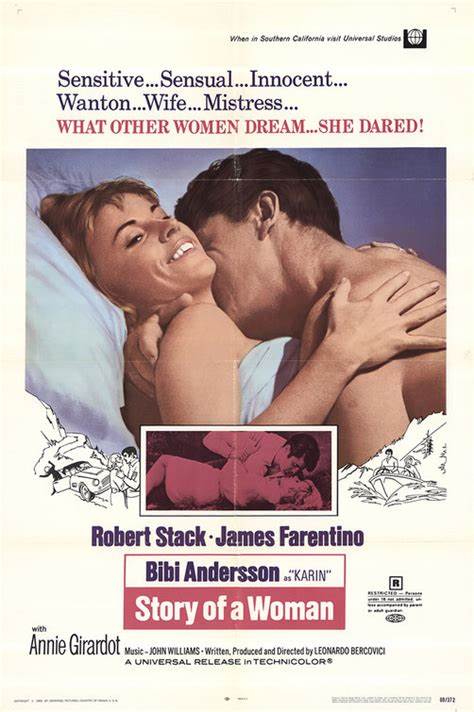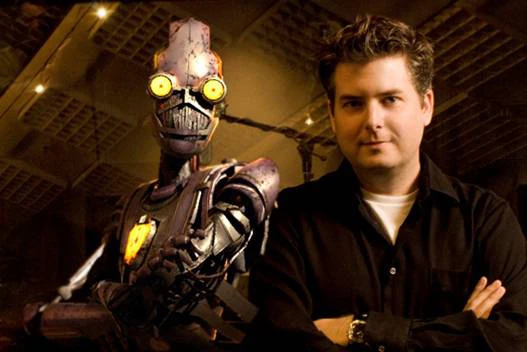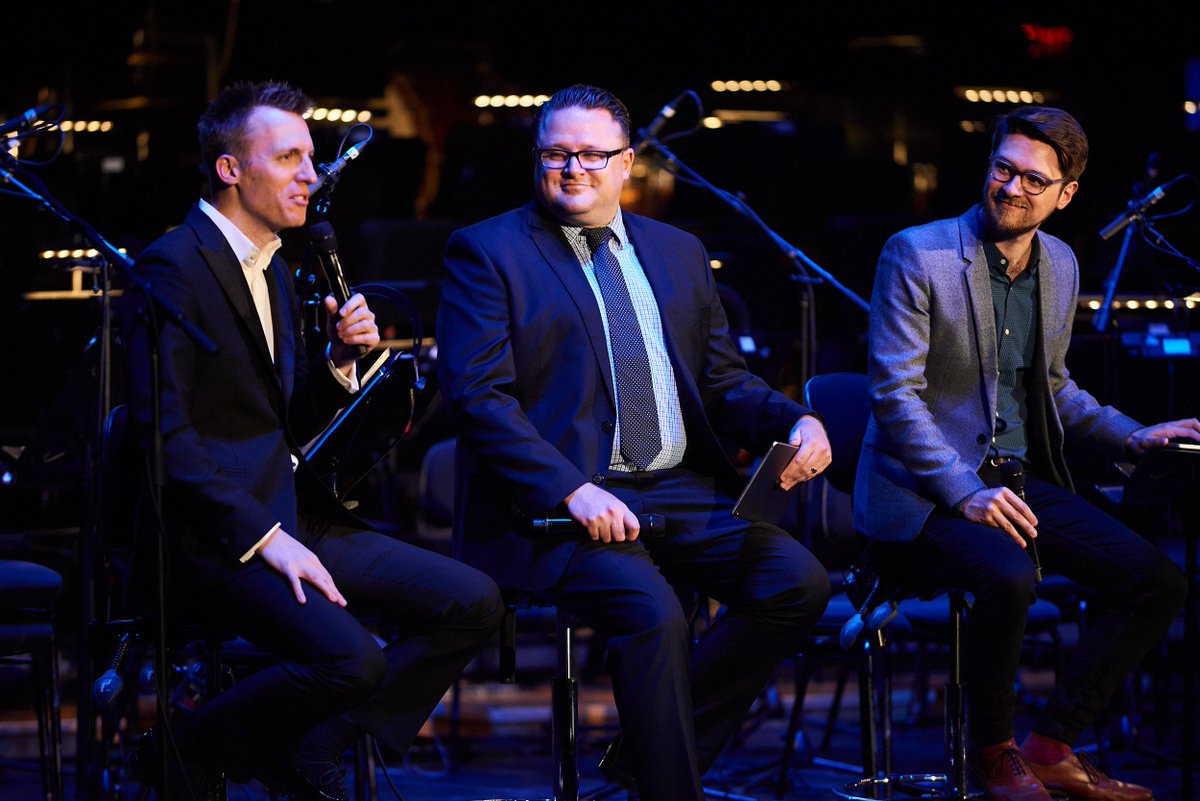Quentin Tarantino's remarkable Once Upon a Time in Hollywood contains several nods to pieces of popular culture I hold dear: the lost art of movie posters, italian genre movies from the 70s, old western tv shows scored by people Jerry Goldsmith or Bernard Herrmann and, once again, comic books.
This time QT payed hommage to MAD Magazine, a seminal american publication influential to at least two generations of comedy writers, performers and of course cartoonists.
Watch Tarantino talking about it with late night show host Jimmy Kimmel (that part starts at the 6:35 mark):
For the movie, MAD veteran artist Tom Richmond created some wonderful illustrations.
This inspired me to create my little MAD Magazine homage, which is, at the same time, an hommage to Red Letter Media, a video/filmmaking company based in Milwakee, rised to Internet stardom in the last decade thanks to their witty, funny, insightful and irreverent video essays and review shows on YouTube.
I spend more time on YouTube than I care to admit, especially to have something to listen to whenever I do something which does not require much from the left side of my brain and for the last 10 years #RedLetterMedia put out consistently good content.
But more than that, their channel is essentially the YouTube version of a hang-out movie, as we feel like we got to know these people through their sarcastic yet laid-back attitude, their candor and the omnipresent corpsing and laughter.
Little did I know, while creating the piece, that DC Comics announced that it would cease the distribution of MAD Magazine in newsstands and grocery stores, marking the end of an era.
This time QT payed hommage to MAD Magazine, a seminal american publication influential to at least two generations of comedy writers, performers and of course cartoonists.
Watch Tarantino talking about it with late night show host Jimmy Kimmel (that part starts at the 6:35 mark):
For the movie, MAD veteran artist Tom Richmond created some wonderful illustrations.
This inspired me to create my little MAD Magazine homage, which is, at the same time, an hommage to Red Letter Media, a video/filmmaking company based in Milwakee, rised to Internet stardom in the last decade thanks to their witty, funny, insightful and irreverent video essays and review shows on YouTube.
I spend more time on YouTube than I care to admit, especially to have something to listen to whenever I do something which does not require much from the left side of my brain and for the last 10 years #RedLetterMedia put out consistently good content.
But more than that, their channel is essentially the YouTube version of a hang-out movie, as we feel like we got to know these people through their sarcastic yet laid-back attitude, their candor and the omnipresent corpsing and laughter.
Little did I know, while creating the piece, that DC Comics announced that it would cease the distribution of MAD Magazine in newsstands and grocery stores, marking the end of an era.








































